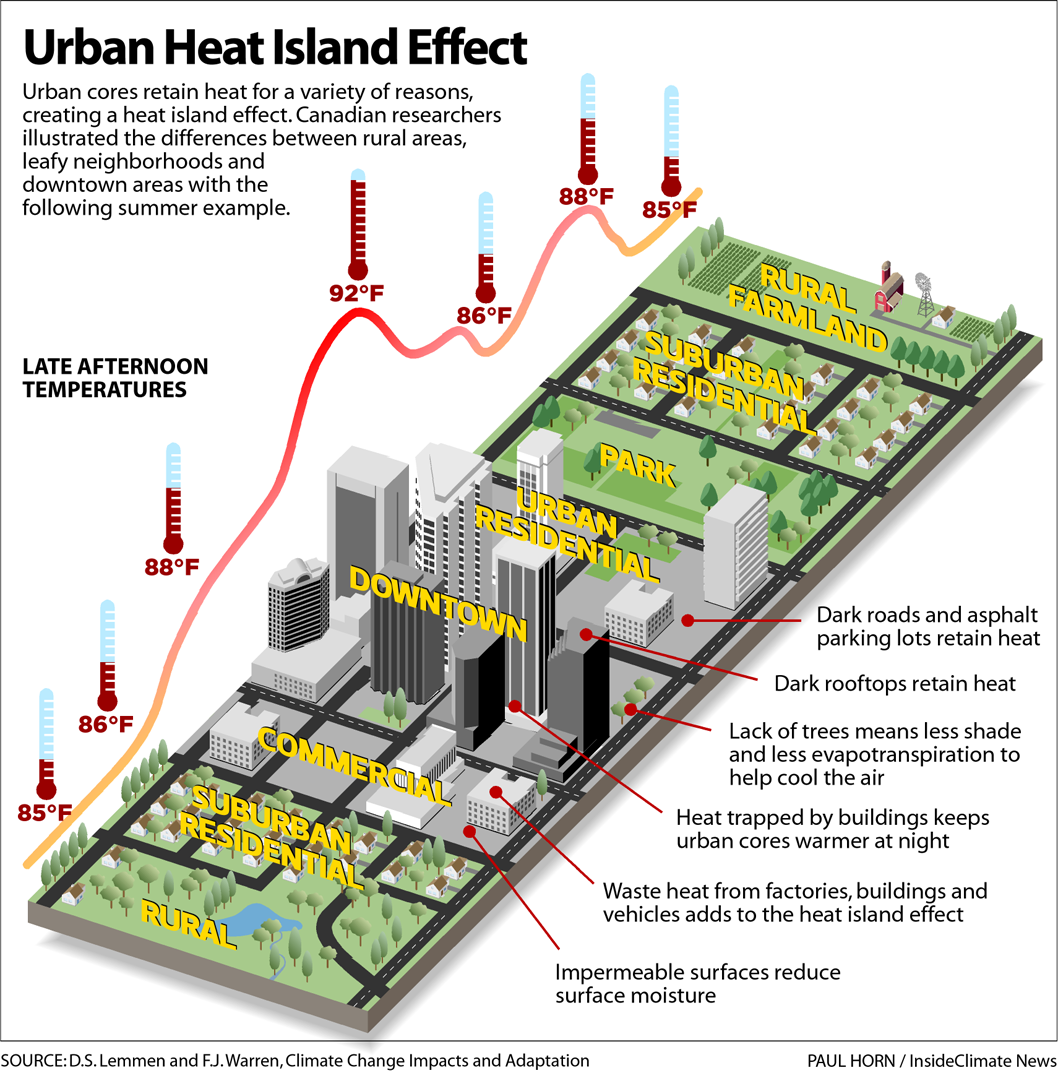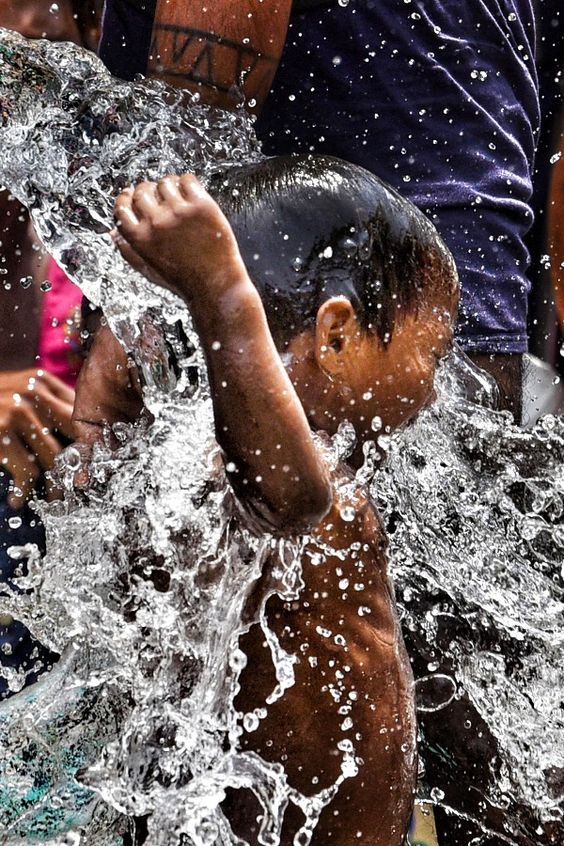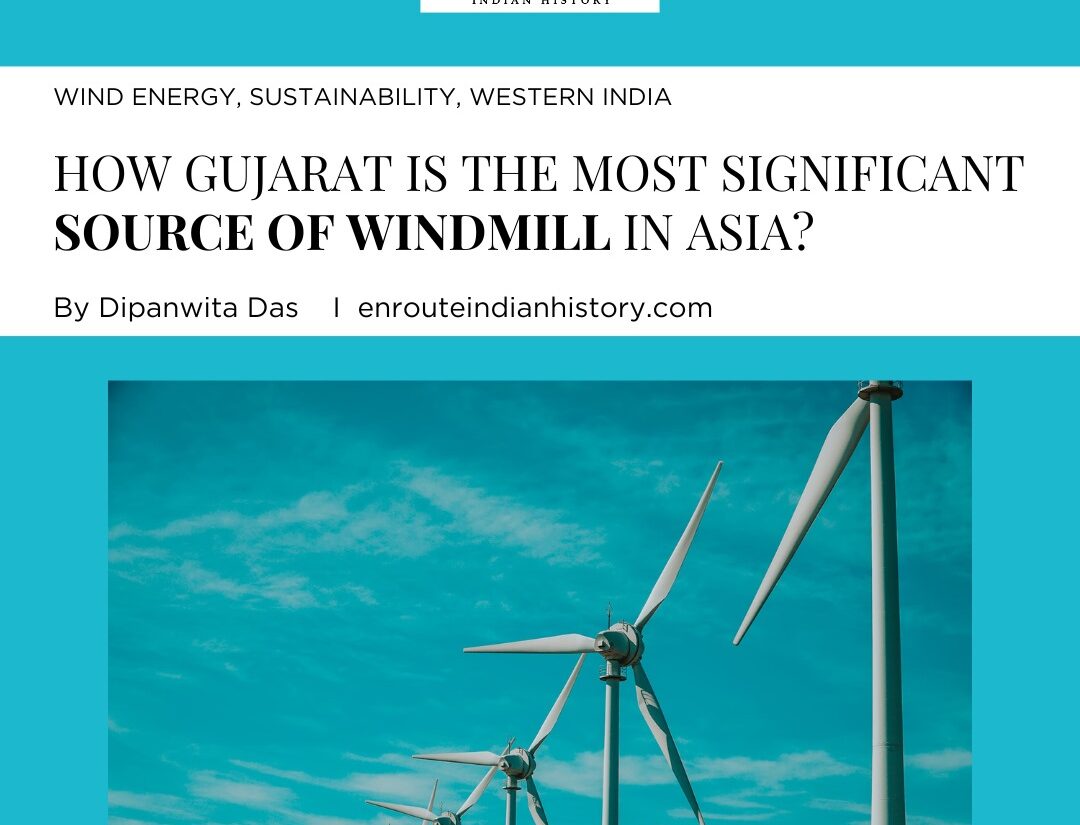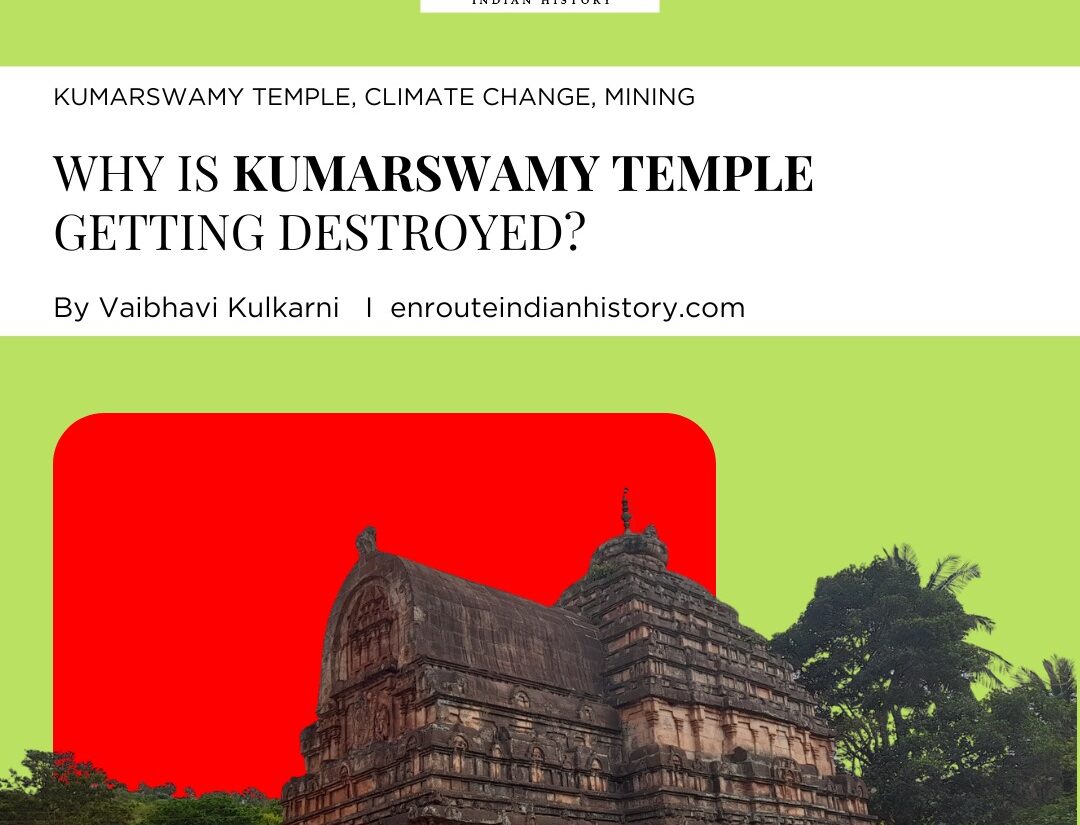
India, known for its diverse climate and weather patterns, is grappling with a new reality – record-breaking temperatures are becoming the norm rather than the exception. From scorching summers to prolonged heat waves, the country is experiencing extreme climate events with increasing frequency and intensity. In this article, we delve into the scientific underpinnings behind India’s increasingly extreme temperatures, exploring the role of climate change, urbanization, air pollution, weather patterns, and land use changes in shaping the nation’s climate landscape.
In recent years, India has been witnessing a troubling trend – months consistently shattering temperature records, pushing the mercury to unprecedented heights. This surge in extreme heat is not merely a meteorological anomaly but a multifaceted phenomenon with intertwined scientific, social, cultural, historical, political, and economic roots. Climate change, fueled by human activities such as burning fossil fuels and deforestation, stands as the primary scientific culprit behind India’s soaring temperatures. Adding to it, the heatwaves, environmentally unconscious urban planning, and other factors account for the disastrous climate impact on India’s summers.

(Image Description: This picture shows the 2019 Indo-Pakistani heat wave across north India and Pakistan. Picture belongs to NASA earth observatory, 10 June 2019)
Source: NASA, Earth observatory via WikiMedia Commons)
Summer Heatwaves: A Confluence of Factors
As summer takes hold, India grapples with searing heat waves that grip the nation in a fiery embrace. The onset of these extreme events is driven by multiple scientific factors.

(Image Description: A man drinking water in the scorching summer heat.
Source: Gurusharan Bhalla via Indiatimes)
At the heart of India’s soaring temperatures lies the global phenomenon of climate change. The Earth’s average surface temperature is steadily rising due to human activities, primarily the burning of fossil fuels and deforestation, which release greenhouse gasses into the atmosphere. This warming trend, known as global warming, is manifesting in India through hotter summers and more frequent heat waves. Rising temperatures exacerbate heat-related risks, impacting public health, agriculture, and ecosystems across the country.
During summer months, certain regions experience the development of high-pressure systems, also known as anticyclones, characterized by sinking air and clear skies. These high-pressure systems inhibit cloud formation and precipitation, allowing solar radiation to penetrate the Earth’s surface unhindered. As a result, surface temperatures soar, creating the ideal conditions for heat wave formation. In regions where these high-pressure systems persist for extended periods, such as the subtropics, summer heat waves can become particularly intense and prolonged.
In some cases, atmospheric circulation patterns can become stagnant, leading to the formation of blocking patterns that impede the normal movement of weather systems. These blocking patterns can cause weather conditions, including heat waves, to persist over a particular region for an extended period. For example, when a strong high-pressure system forms in the upper atmosphere, it can stop weather systems from moving eastward. This traps hot air over an area, making heat waves stronger and lasting longer.
Atmospheric circulation patterns are also influenced by large-scale climate phenomena that link distant regions of the globe. For example, the El Niño-Southern Oscillation (ENSO) can influence atmospheric circulation patterns and weather conditions around the world. During certain phases of these teleconnections, such as El Niño events the likelihood of heat wave formation in specific regions may increase due to shifts in atmospheric circulation patterns and temperature anomalies.

(Image Description: A normal year vs an year with the El-Nino Effect
Source: Loamin Sayles via National Oceanic and Atmospheric Administration (NOAA) and NASA)
The El Niño-Southern Oscillation (ENSO) is a climate phenomenon characterized by the periodic warming (El Niño) or cooling (La Niña) of sea surface temperatures in the equatorial Pacific Ocean. During El Niño events, which occur irregularly every few years, the warming of Pacific waters can disrupt global atmospheric circulation patterns, leading to widespread climatic anomalies.
In India, El Niño events can exacerbate heat waves by altering the behavior of the Indian summer monsoon. El Niño conditions typically suppress monsoonal rainfall over the Indian subcontinent, leading to drier and warmer weather conditions. With reduced cloud cover and less moisture in the atmosphere, solar radiation can penetrate the Earth’s surface more intensely, resulting in higher temperatures and an increased likelihood of heatwave development.
Furthermore, El Niño-induced changes in atmospheric circulation patterns can influence the position and intensity of high-pressure systems over the Indian Ocean region, further contributing to the persistence and intensity of heatwaves in India. Therefore, while ENSO events occur thousands of kilometers away from India, their impacts on atmospheric circulation can significantly influence the occurrence and severity of heat waves in the region.
While atmospheric circulation patterns play a significant role in shaping summer heat waves on a global scale, regional variability, and local influences can also impact their intensity and frequency. Factors such as land use changes, urbanization, and topographic features can modify the local climate and exacerbate the effects of heat waves in populated areas.
Urban Heat Island Effect
In the heart of bustling urban landscapes, a phenomenon that silently exacerbates the summer heat is the Urban Heat Island Effect. As cities expand and populations grow, this environmental phenomenon intensifies, creating pockets of heightened temperatures within urban areas. Understanding the mechanisms and implications of the Urban Heat Island Effect is crucial for mitigating its impacts and encouraging sustainable urban development.

(Image Description: A description of the Urban Heat Island Effect
Source: D.S. Lemmen and F.J. Warren via InsideClimate News)
The Urban Heat Island (UHI) Effect is a phenomenon wherein urban regions experience significantly higher temperatures than their nearby rural areas. This temperature difference arises from a combination of factors, including human activities, modifications to the land surface, and the built environment. As concrete jungles replace natural landscapes, urban areas absorb and retain heat, creating microclimates that can be several degrees warmer than their rural counterparts.
Several mechanisms contribute to the Urban Heat Island Effect. One primary factor is the alteration of land surfaces through the proliferation of impervious materials such as asphalt and concrete. These surfaces absorb and store heat during the day, releasing it gradually at night, thus elevating nighttime temperatures. Additionally, the reduction of green spaces and vegetation decreases evaporative cooling, further exacerbating heat retention within urban areas.
Human activities within urban areas also contribute to the UHI Effect. The combustion of fossil fuels for transportation, industrial processes, and energy consumption releases heat and pollutants into the atmosphere, further raising temperatures. Waste heat from buildings, vehicles, and machinery adds to the thermal burden, amplifying the urban heat island effect, particularly in densely populated areas.
The Urban Heat Island Effect poses significant challenges to urban environments and public health. Elevated temperatures can lead to heat-related illnesses and exacerbate pre-existing health conditions, particularly among vulnerable populations such as the elderly, children, and individuals with limited access to cooling infrastructure. Moreover, the UHI Effect can disrupt ecosystems, alter weather patterns, and exacerbate air pollution, posing long-term environmental and health risks.
Addressing the Urban Heat Island Effect requires an approach that integrates urban planning, green infrastructure, and sustainable design principles. Increasing the abundance of green spaces, such as parks, gardens, and urban forests, can enhance natural cooling processes and mitigate heat buildup. Additionally, implementing cool roofing technologies, reflective pavements, and green roofs can reduce surface temperatures and energy consumption, thereby mitigating the UHI Effect while promoting energy efficiency.
Community engagement and education are vital components of UHI mitigation efforts. Encouraging public participation in urban greening initiatives, promoting sustainable transportation options, and raising awareness about heat-related risks can empower communities to adapt to and mitigate the impacts of the Urban Heat Island Effect. Collaborative partnerships between government agencies, non-profit organizations, academia, and local communities can foster resilience and promote equitable access to cooling resources.
India’s industrialization and economic growth have come at a cost – deteriorating air quality and heightened greenhouse gas emissions. The burning of fossil fuels, industrial emissions, vehicular exhaust, and agricultural practices contribute to air pollution and the accumulation of greenhouse gases in the atmosphere. These gasses trap heat, intensifying the greenhouse effect and amplifying global warming. As a result, India experiences more extreme heat events, with heat waves becoming more frequent, prolonged, and severe.
Solutions to the immediate threat of heat strokes
During Indian summers and heatwaves exacerbated by the urban heat island effect, adopting everyday remedies and solutions can help us cope with the challenges of extreme heat. Drinking plenty of water throughout the day to stay hydrated and prevent heat-related illnesses such as heatstroke and dehydration is necessary. It is essential to limit outdoor activities during the hottest hours of the day, usually between 10 a.m. and 4 p.m. If outdoor activities are unavoidable, seeking shade or using umbrellas to reduce direct sun exposure is the best option.
Wearing lightweight, loose-fitting clothing made of breathable fabrics such as cotton should be done to promote air circulation and help regulate body temperature.
Taking cool showers or baths to lower body temperature, and using damp towels or fans to create evaporative cooling should be done. Additionally, apply sunscreen to protect against harmful UV rays when outdoors.
Seek refuge in air-conditioned spaces such as shopping malls, libraries, or community centers during the hottest hours of the day. If air conditioning is unavailable, use fans or cross-ventilation to improve indoor airflow and prevent heat stroke. Support initiatives to increase greenery in urban areas, such as planting trees, creating community gardens, or installing green roofs and walls. Green spaces help mitigate the urban heat island effect by providing shade, absorbing heat, and promoting evapotranspiration.

(Image Description: A young boy plays with water amid the scorching summer heat in Delhi.
Source: Anindya Chattopadhyay via TOI, BCCL, Delhi)
If someone experiences a heat stroke, it is crucial to act quickly to prevent serious complications. You can try to go to a cooler place by immediately moving the person to a shaded or air-conditioned area to lower their body temperature. It is advised to remove excess clothing and apply cool water or ice packs to the person’s body, focusing on areas with high blood flow such as the neck, armpits, and groin. Offer small sips of water or an electrolyte-rich drink if the person is conscious and able to swallow. Call emergency services or take the person to the nearest healthcare facility for further evaluation and treatment. It is better to stay with the person and monitor their vital signs, including breathing and pulse until medical help arrives. Prompt and effective intervention is essential in treating heatstroke and preventing life-threatening complications.
As citizens we should advocate for energy-efficient practices and technologies, such as cool roofs, reflective pavements, and energy-saving appliances, to reduce heat emissions and energy consumption in urban areas. Educating communities about the impacts of heat waves and the urban heat island effect is necessary to inculcate the practices of sustainable living in the masses.
References:
- Fahey, Peggy. 2023. “Urban Heat Island.” National Geographic Education. https://education.nationalgeographic.org/resource/urban-heat-island/.
- Logan, Andrew. 2021. “Urban Heat Islands.” MIT Climate Portal. https://climate.mit.edu/explainers/urban-heat-islands.
- Bruggers, James, and Bob Berwyn. 2018. “City Centers Are Sweltering. Trees Could Bring Back Some of Their Cool.” Inside Climate News. https://insideclimatenews.org/news/28082018/urban-heat-island-trees-climate-change-cities-summer-temperature-louisville-kentucky/.
- Das, Tapatrisha. 2024. “Heatwave alert in India: How to protect against extreme heat; preventive tips to follow.” Hindustan Times. https://www.hindustantimes.com/lifestyle/health/heatwave-alert-in-india-how-to-protect-against-extreme-heat-preventive-tips-to-follow-101712468064932.html.
- Mayo Clinic Staff. n.d. “Heatstroke: First aid.” Mayo Clinic. Accessed May 12, 2024. https://www.mayoclinic.org/first-aid/first-aid-heatstroke/basics/art-20056655.
- Dickie, Gloria. 2023. “Explainer: How El Nino is helping drive heatwaves and extreme weather.” Reuters. https://www.reuters.com/business/environment/how-el-nino-is-helping-drive-heatwaves-extreme-weather-2023-07-19/.
- McGrath, Matt, Mark Poynting, Justin Rowlatt, and Erwan Rivault. 2024. “Climate change: World’s oceans suffer from record-breaking year of heat.” BBC. https://www.bbc.com/news/science-environment-68921215.
- May 15, 2024
- 6 Min Read























